Why Do We Choose Forest Schools?
The term “forest school” may conjure up romantic ideals of childhood, especially in cultures where parents are working hard and feeling pressured by deadlines, competition or hectic schedules. So what is a forest school really like and what do children do there? And if schoolchildren go to the forest every day, how will they learn the things that are harder to practise outside, such as writing?
The first key piece of information is that few “forest schools,” at least as the term is used in the UK, actually take children to the forest every day. One or two mornings per week seem sufficient. The global definition of a forest school refers to the importance of inspiration:
Forest School is an inspirational process that offers ALL learners regular opportunities to achieve and develop confidence and self-esteem through hands-on learning experiences in a woodland or natural environment with trees.
This is a type of socialising and child-initiated learning which can help young children take a step away from home before starting official school, and expatriate parents might appreciate exposing them to the culture of a particular group such as a Swiss German forest group or a group linked to a primary school. The flexibility and lack of pressure in an unstructured playgroup might suit all types of children, whether they are the strong-willed, independent type or the type who adore adult attention or like to follow other children.
Simply being outdoors, of course, gives children the chance to experience nature and, if it is a group that meets in a regular place, is likely to be much more hands-on than a walk or a bike ride. In this age of computers and indoor entertainment, it might lead our kids to appreciate natural beauty to a greater degree than their peers in this digitally-fluent generation. Furthermore, forest days can give a child a low-intensity social experience from the age of about three-and-a-half, especially if he has not attended formal daycare before. [Editor’s note: research in recent years has revealed many important cognitive, psychological, and educational benefits to connecting with nature. See, for example, our review of Last Child in the Woods and this “Green Cities” website from the University of Washington for further information.]
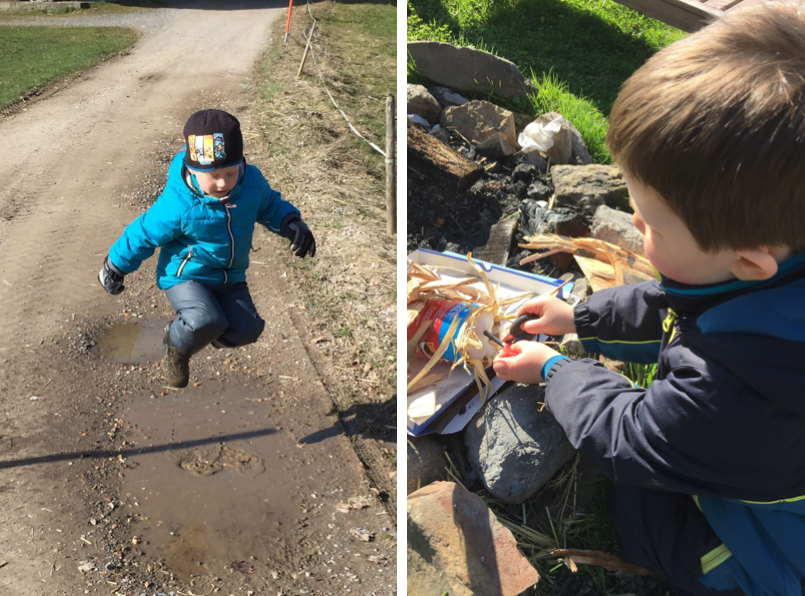
Local Swiss models often emphasise social competencies in a natural space without limits, in contrast with the demands of schooling. In Zurich city alone there are six local Swiss forest playgroups – Waldspielgruppen – with five more in surrounding areas such as Uetliberg and the Hönggerberg. There are also a couple of international options in Zurich, such as English-language Grow House Forest School. These draw on a Scandinavian model where what the children learn is more clearly articulated, without being over-determined by the adults. Children First Association offers one forest morning per week as part of their program for three- to six-year-olds in preschool and kindergarten, and a bilingual primary school in Küsnacht has a two-morning program including cooking lunch for three- to four-year-olds in an outdoor setting. Liz Blum is the originator of their forest mornings: “The Lakeside outdoor preschool was founded because we are convinced that intensive sensory awareness training and experiences at an early age provide an essential base for the academic success of our school.” Children First has a different concept; the forest morning every week from April to October balances the indoor early years curriculum for three- to six-year-olds because Montessori exercises, reading, pre-writing and most of their other classes are taught indoors.
Furthermore, many local Zurich kindergartens and primary schools have a forest morning each week or at least each month, especially if there is a forest nearby.
Interestingly, in the U.S., several forest preschool founders claim to have been inspired by the German movement, while in Zurich the outdoor preschool at Lakeside School and the one at Children First acknowledge Scandinavia as the inspiration for their forest groups. The roots of outdoor learning being in other parts of the world sets the venture in context, reassurance for parents with any misgivings, especially given the vagaries of the weather.
Melanie Thomson at Lakeside School writes that this type of learning offers children an alternative to the structured, indoor classroom, as:
a school without walls, in all types of weather….The Outdoor Pre-school enables children to embrace learning in a natural, adventurous environment. Their creativity, senses and curiosity are stimulated by the possibilities and flexibility the outdoors provides. The woods are a natural space for experimenting. The teachers add impulses to stimulate the children’s imagination and learning, as well as guiding them on how to manage risk rather than avoiding it. This allows children to develop initiative and realistic self-evaluation.
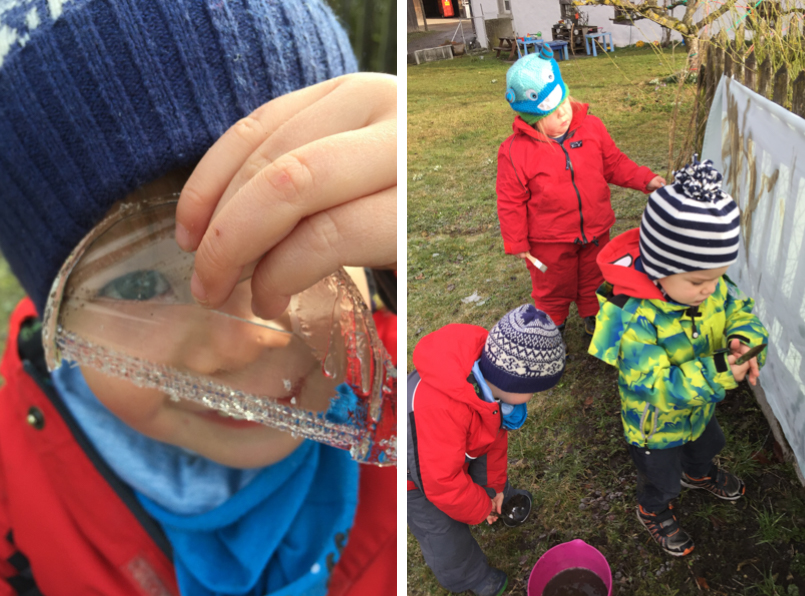
Initial research in the UK has also come up with positives for the children who attend, and English-speaking children at Children First often nominate forest school as one of their favourite activities at pre- and primary schools that offer it. My only caveat would be that most of these woodland playgroups are usually not the same as “preschools”; there will never, in my opinion, be a structured route to develop core competencies, without a monitored framework.
It is perhaps worth considering what your aims are when choosing a forest playgroup or pre-school for your child. You need to keep these aims in mind through all sorts of weather (literally) and be prepared to let your children go, explore and get dirty! Many international parents choose to live in Switzerland for its natural beauty or out of love for the great outdoors, so a forest playgroup could be a perfect complement to your family life.
By Monica Shah
Monica is founder of Children First Association in Zurich and is proud to have travelled solo once from Kathmandu to Tibet without camping outdoors at all! She loves cycling in the spring and summer in Switzerland and woodland walks in autumn.
Photos by Emma Hookey
Emma started Grow House Forest School, based on top of the Albis in Langnau am Albis, in 2015. She wanted to offer the English-speaking community an opportunity to access this wonderful, child -led style of learning that allows children to challenge themselves within the natural environment. For more details please visit Facebook or the Grow House Forest School website.
Further reading:
“Reading, writing, and mud: the growth of Forest Schools” at www.telegraph.co.uk
“Forest Kindergarten – The Benefits of Learning in Nature,” at www.worldmindnatureschool.com

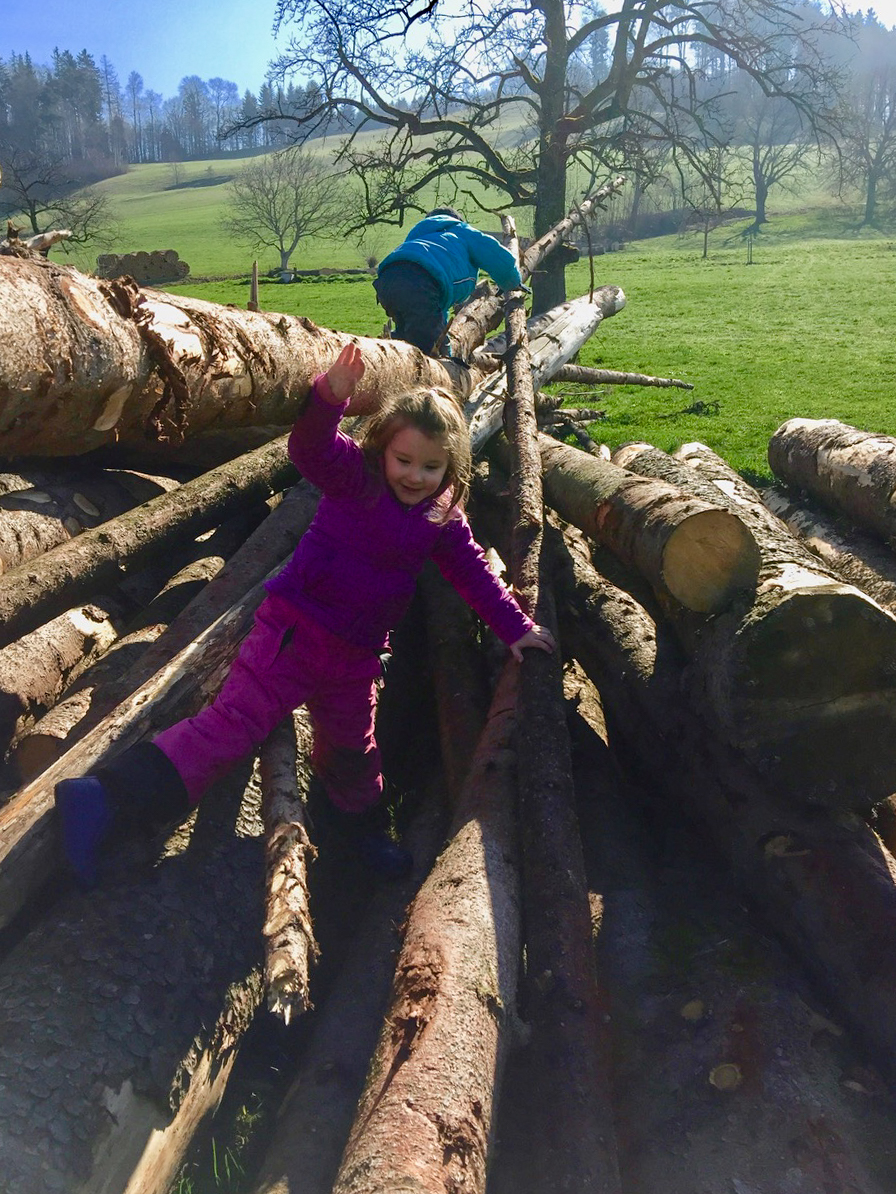
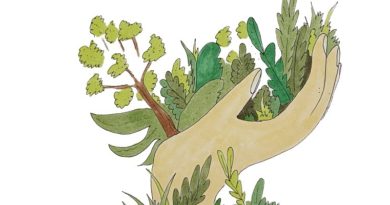
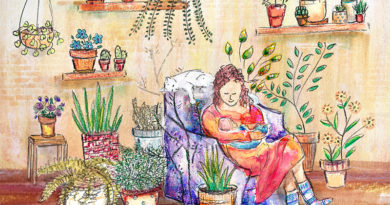

Monica Shah, who wrote this article, suggested this website as a very useful resource to find forest schools in Switzerland: http://www.liliput.ch/spielgruppen All the best!